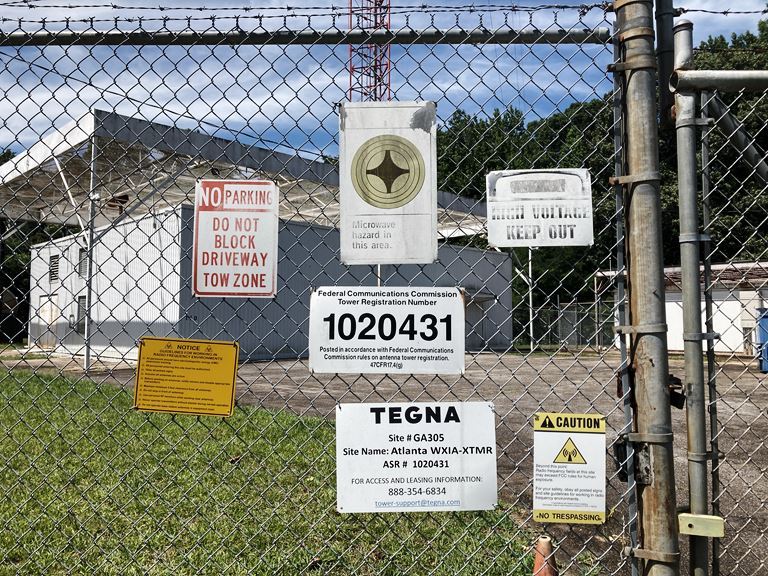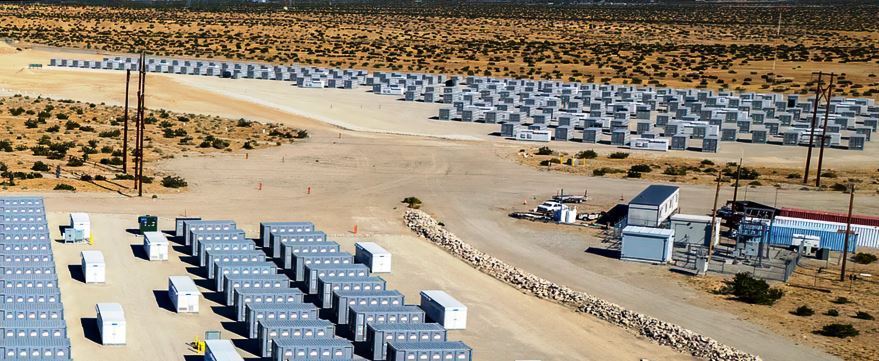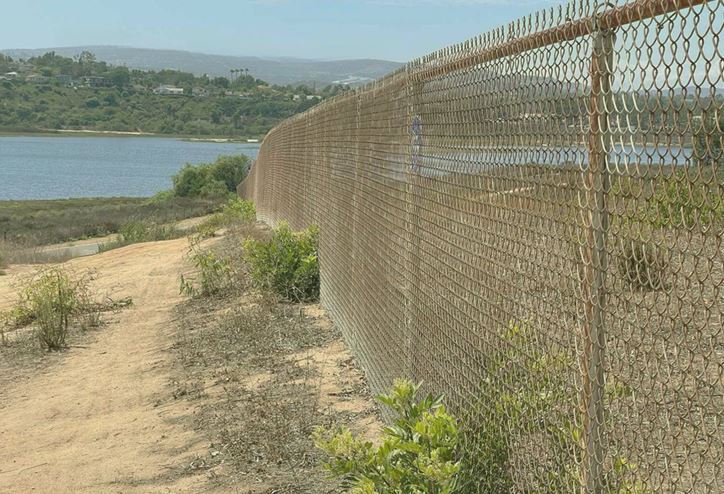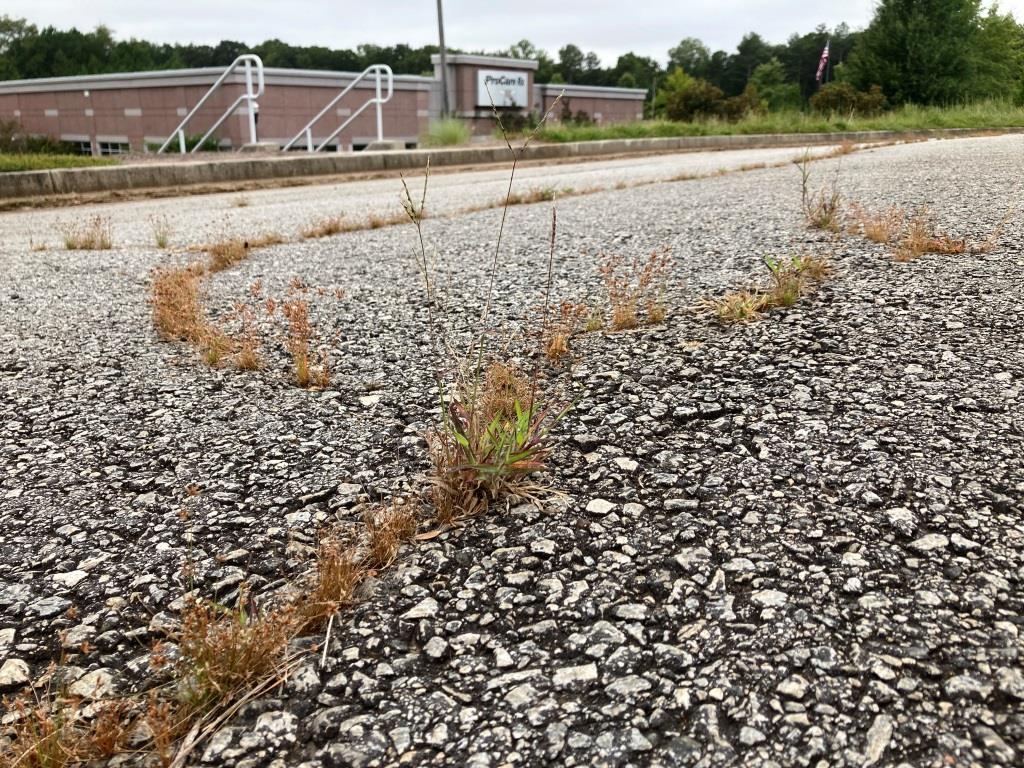

VegClear Supports Complex Public Land Weed Control Programs
Vegetation Management For Local, State, & County Government Agencies
Invasive non-native plants can displace native plant species, including some spread throughout Government and Park land habitats; create changes to the nature of vegetation communities and increase fire risk. Also causing changes to the presence, foraging, and abundance of wildlife. These changes can profoundly modify an entire ecosystem. Non-native vegetation that is unpalatable to certain wildlife may replace preferred low growing grasses and plants when it isn’t naturally reduced by feeding, leading to changes in grazing activity. These subtle changes to vegetation can eliminate entire animal populations in certain areas. In turn, this stresses plants not adapted to grazing in other areas of government managed land.
Invasive plants alter views of cultural landscapes and historic places. Seeds are spread by wild and domestic animals, people, vehicles, equipment, building materials, and gravel used for construction and maintenance activity. The most vulnerable areas that have been disturbed include roadside, trails, and rivers. Often un-germinated seed and seed heads are spread from developed areas to uninhabited natural park lands. Restoring native plants in an area that has become infested can be extremely difficult and often labor intensive. In many cases government land stewards turn to VegClear for support to mitigate impacts to these challenged land areas.
Across the country, the National Park system, municipal parks and state refuge areas alike, non-native species have been documented through ongoing survey efforts. Not all of these non-native species are still present in critical areas because of successful deliberate eradication efforts, but many of them are, requiring ongoing treatments to the most sensitive environments. In many of these situations, multiple government agencies are involved.
In one National Park program, a total of 117 acres of invasive plants are treated through ongoing herbicide spray applications each year. Most of these 500+ acres of treatment areas are along roadways and in developed areas, though trails and some natural areas.
Comprehensive Vegetation Management Services for Utility & Power Transmission Corporations
At VegClear, we provide specialized vegetation management solutions designed to meet the unique needs of industrial, commercial, and utility agencies. Our expertise covers key service categories, ensuring reliable and consistent site management.
Our Foliar Herbicide Application (SENVR-HERBF) services target unwanted vegetation, promoting growth-free areas while preserving surrounding ecosystems. For ongoing upkeep, our Grounds Maintenance Herbicide Application (SGMHA-MAINT) delivers lasting results, keeping critical facilities compliant and vegetation-free year-round.
We also support General Substation Services Maintenance (SGNSS-MAINT), featuring substation-specific gravel weed control to protect critical infrastructure from invasive growth. Additionally, our Roadside, Median & Shoulder Spraying complements ongoing Right of Way Mowing Maintenance (SROWM-MAINT) programs, maintaining clear and accessible utility corridors. For larger vegetation challenges, our Right of Way and Land Services (SROWL-SVCS) utilize herbicide applications designed to complement ongoing mechanical contractor work to support effective land stewardship.
With VegClear, every service is backed by state-certified expertise and a commitment to safety and environmental responsibility.
Municipal & Government Property Types for which VegClear Controls Invasive Weeds
National Parks
Mountainous Terrain
Wooded Acreage
Fish & Game Areas
Historic Sites
Reserve Lands

Preventing the Spread of Noxious Weeds and Invasive Plants
Prevention efforts include control of construction materials, equipment inspections, allowing only certified weed-free seed or hay to be transported through park entrances, restrictions on planting in natural areas, and planting native species where ground disturbance has occurred (after road construction, retaining wall installation, or natural disaster events) are a few examples of efforts preventing the spread of noxious weeds and invasive plants.

To improve nonnative plant management throughout the Southeast, Park staff work with Land managers from multiple government agencies, Coordinating Committee’s and their Weed Subcommittees, and the National Park Service’s Invasive Plant Management Team. As with any government project, VegClear strictly adheres to the pillars of Integrated Vegetation Management (I.V.M.), which is a subset of the industry wide Integrated Pest Management protocol, involving chemical, biological, sociological, and mechanical methods, to control intrusive vegetation, weeds, and nonnative plants. Many selective weed control programs VegClear leadership has shepherded involve cooperation with multiple adjacent state and county Boards to share best practices, distribute improvements, increase knowledge and identify technology related to nonnative plant detection and control. Selective and Non-Selective Herbicide usage is documented alongside results of varied application methods.
Our agronomically savvy, environmentally conscious team is prepared to inform, consult, design, plan and implement the most complex of vegetation control program projects across the spectrum, involving one individual city park, up to several thousand acres of federal land, and everything in between. From a few miles of basic roadside weed control, to the precision low volume spray of nonnative plants across multiple states’ public land, the VegClear team is capable, knowledgeable, experienced and credentialed, to work with one or multiple agencies in the fight against invasive vegetation impact.
Knowledgeable Industrial Vegetation Herbicide Partnerships
Non-native vegetation has been found on 81% of surveyed acreage inventoried in previous VegClear assessments. It takes a group of qualified individuals and informed agencies to successfully create a knowledgeable industrial vegetation control partnership to get the most out of these assessments, as well as the vegetation management programs executed as a result of findings. Sometimes exotic plants are found in pure populations with few cohabitating native plants on government land, which calls for consideration of large scale, non-selective “spray out” projects. But most often invasive weeds are mixed within native plant communities. Based on program priorities for species, VegClear has actively contributed to the precision targeting and weed control or elimination of an equivalent of 316 (and growing) acres of pure non-native populations on public land in the past decade alone.
Mechanical Methods for Industrial Vegetation Control
While many well meaning environmental stewards believe physical (mechanical) removal is the ideal approach and preferred method of weed control when feasible, often is the case, pulling or mechanical cutting of some of the tougher species often stimulates new growth in its place. It is important to know the species and situations for which this applies. The use of herbicides in many of these cases is necessary to control more aggressive species, especially over large areas. Knowing this difference is the key to a successful industrial scale government vegetation management project, which is another reason VegClear is behind many of the most topographically complex land care assignments. Many invasive species targeted for treatment are listed by municipalities, surrounding states, and local environmental boards as “noxious weeds”. This label means they are detrimental to agriculture, fish and wildlife, aquatic environments, or public health. As this overlapping alignment occurs, it’s important to engage other interested government agencies at the onset to generate additional involvement, interest in the program, and ultimately identify addition funding sources wherever possible to reduce the burden to any single government organization or agency.
Government Agency Services: Precision Herbicide Applications by VegClear

Why VegClear for Government Herbicide Contracts
Expertise: Our Team of Seasoned Professionals, with Extensive Experience in Herbicide Applications and Invasive Species Management, Ensures the Highest Standards.
Safety: Prioritizing Safety, We Adhere to Industry Standards and Implement Environmentally-Friendly Practices in All Our Operations.
Client Specific Solutions: Recognizing the Unique Nature of Each Locale, We Craft Our Approach to Meet the Specific Requirements of Government Agency Clients.
Efficiency: VegClear Executes Services with Precision and Efficiency, Ensuring Timely Completion and Minimal Disruption of Usage and Access to Government Properties.
Customized: Site-Specific Herbicide Application Programs for Government Projects
IVM Request for Proposals (RFPs)
Follow-on Cut Stump Treatment for Non-Invasive Hardwood & Invasive Woody Species: Application of an approved cut stump treatment herbicide to prevent re-growth after mechanical clearing is completed by landscapers or in-house personnel.
Spraying Vines during the Dormant Season:
Targeted treatment of invasive vines using approved herbicides in Winter and Summer alike. Focused spraying on foliage up to 3-4 feet in height, identifying any plants exceeding 4 feet in height for return mechanical removal by partner contractors.
Spraying Invasive Grasses and Weeds during the Growing Season:
Herbicide application for invasive grasses and weeds based on Chemical specialist insight Awareness and adherence to selectively controlling environmental regulation-approved species
Learn More About How VegClear Stands Out for Government Clients: